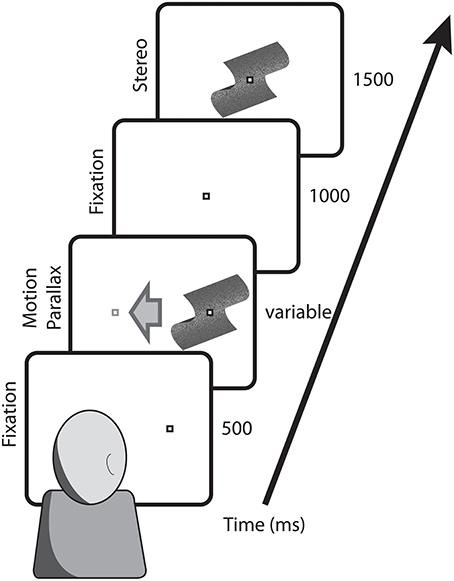
These measurements tend to be sensitivity limited, and need to be made one at a time, so the work is generally done only for sources like pulsars and X-ray binaries, where the radio emission is strong relative to the optical emission. Very long baseline interferometry in the radio band can produce images with angular resolutions of about 1 milliarcsecond, and hence, for bright radio sources, the precision of parallax measurements made in the radio can easily exceed those of optical telescopes like Gaia. Data Release 2 in 2018 claims mean errors for the parallaxes of 15th magnitude and brighter stars of 20–40 microarcseconds. The European Space Agency's Gaia mission, launched 19 December 2013, is expected to measure parallax angles to an accuracy of 10 micro arcseconds for all moderately bright stars, thus mapping nearby stars (and potentially planets) up to a distance of tens of thousands of light-years from Earth. Parallax of Proxima Centauri as observed from New Horizons and Earth. The relative proximity of the two stars combined with the 6.5 billion kilometer (about 43 AU) distance of the spacecraft from Earth yielded a discernible parallax of arcminutes, allowing the parallax to be seen visually without instrumentation.

NASA's New Horizons spacecraft performed the first interstellar parallax measurement on 22 April 2020, taking images of Proxima Centauri and Wolf 359 in conjunction with earth-based observatories. This gives more accuracy to the cosmic distance ladder and improves the knowledge of distances in the Universe, based on the dimensions of the Earth's orbit.Īs distances between the two points of observation are increased, the visual effect of the parallax is likewise rendered more visible. The Hubble telescope WFC3 now has a precision of 20 to 40 microarcseconds, enabling reliable distance measurements up to 3,066 parsecs (10,000 ly) for a small number of stars. Even so, Hipparcos is only able to measure parallax angles for stars up to about 1,600 light-years away, a little more than one percent of the diameter of the Milky Way Galaxy. In 1989 the satellite Hipparcos was launched primarily for obtaining parallaxes and proper motions of nearby stars, increasing the number of stellar parallaxes measured to milliarcsecond accuracy a thousandfold. Hubble precision stellar distance measurement has been extended 10 times further into the Milky Way. By 1910 it had computed 16 parallax distances to other stars, out of only 108 total known to science at that time. Ī large heliometer was installed at Kuffner Observatory (In Vienna) in 1896, and was used for measuring the distance to other stars by trigonometric parallax. The first successful measurements of stellar parallax were made by Friedrich Bessel in 1838 for the star 61 Cygni using a heliometer. Measurement of annual parallax was the first reliable way to determine the distances to the closest stars. This angle is approximately that subtended by an object 2 centimeters in diameter located 5.3 kilometers away. The nearest star to the Sun (and also the star with the largest parallax), Proxima Centauri, has a parallax of 0.7685 ± 0.0002 arcsec. The angles involved in these calculations are very small and thus difficult to measure. Annual parallax is normally measured by observing the position of a star at different times of the year as Earth moves through its orbit. The parsec (3.26 light-years) is defined as the distance for which the annual parallax is 1 arcsecond. the angle subtended at a star by the mean radius of Earth's orbit around the Sun. Stellar parallax is most often measured using annual parallax, defined as the difference in position of a star as seen from Earth and Sun, i.e.

The split lens of the Bamberg Heliometer (late 19th century) Friedrich Bessel made the first successful parallax measurement in 1838, for the star 61 Cygni, using a Fraunhofer heliometer at Königsberg Observatory. Stellar parallax is so difficult to detect that its existence was the subject of much debate in astronomy for hundreds of years. The parallax itself is considered to be half of this maximum, about equivalent to the observational shift that would occur due to the different positions of Earth and the Sun, a baseline of one astronomical unit (AU). Created by the different orbital positions of Earth, the extremely small observed shift is largest at time intervals of about six months, when Earth arrives at opposite sides of the Sun in its orbit, giving a baseline distance of about two astronomical units between observations.

Stellar parallax is the apparent shift of position of any nearby star (or other object) against the background of distant objects. (1 AU and 1 parsec are not to scale, 1 parsec = ~206265 AU) Stellar parallax is the basis for the parsec, which is the distance from the Sun to an astronomical object that has a parallax angle of one arcsecond.


 0 kommentar(er)
0 kommentar(er)
